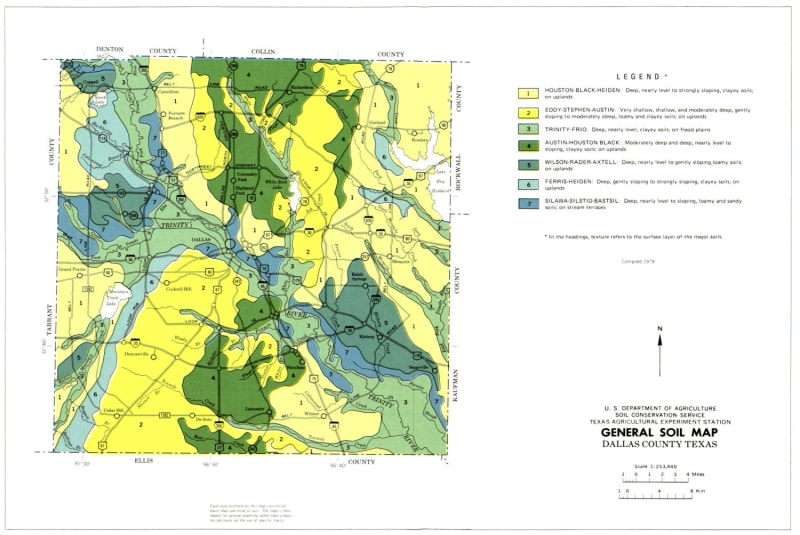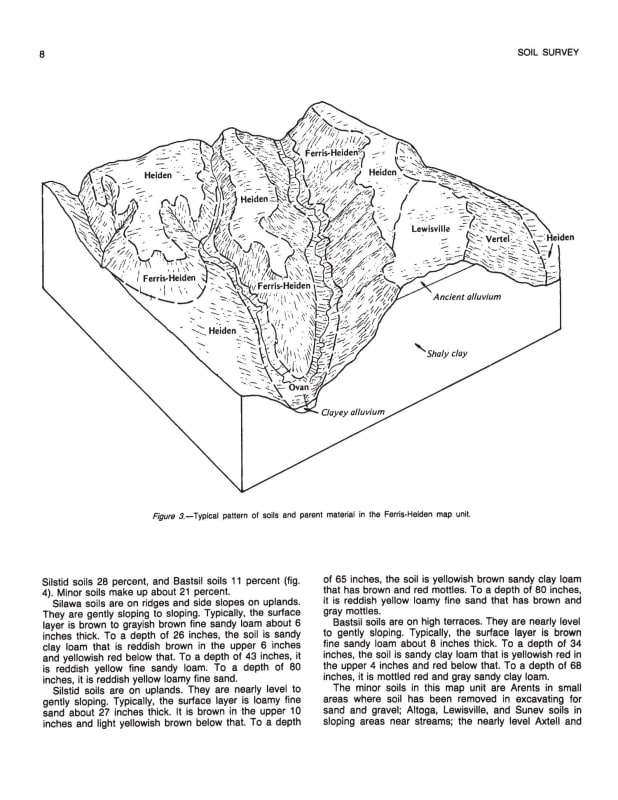AHickman
Civil/Environmental
- Mar 22, 2024
- 12
I have 2 sites I'm working on at the moment (Dallas) that are FLAT. One is around 0.1% and the other is 0.15%. The only solutions I've been able to come up with is putting in a series of canals to catch the water and convey it at a virtually ~0% slope and to use the cuts from the canals to raise the pads. Keep in mind, this isn't residential, it's RV pads, so we have a lot more freedom to design it how we want. Does anyone have any other unique ideas on how they approach flat sites? Thanks


